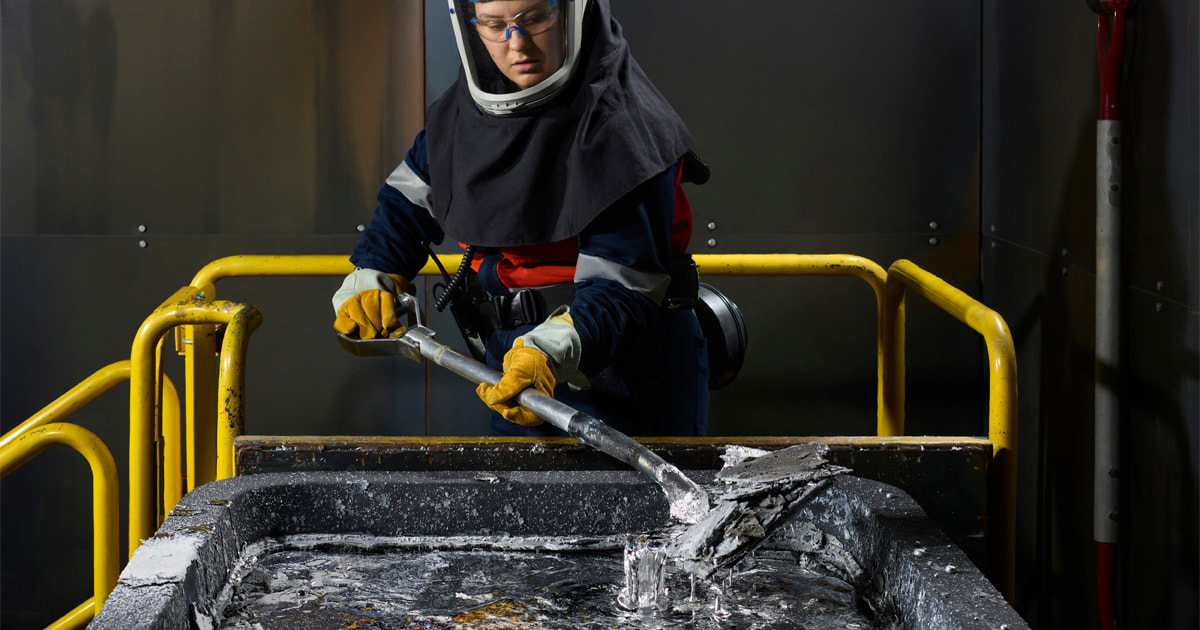The next wave of digital tech, or “smart tech,” has the potential and power to help us rehumanize work. Rather than doing the same work faster and with fewer people, smart tech creates an opportunity to redesign jobs and reengineer workflows to enable people to focus on the parts of work that humans are particularly well-suited for, such as relationship building, intuitive decision making, empathy, and problem solving. But it will require organizational leaders to make informed, careful, strategic decisions to ensure the technology is used to enhance our humanity and enable people to do the kinds of relational, empathetic, problem-solving activities we do best. This article offers some initial steps to get started introducing smart tech within your own organization.
The Great Resignation wasn’t created by the pandemic so much as supersized by it. The unwillingness of workers to rush back into cubicles, behind counters, onto assembly lines, and behind the wheel is a direct result of work cultures that too often default to suspicion, inflexible schedules, and unrealistic workloads. The virtual and flexible work arrangements necessitated by the pandemic were revelatory for many people, but didn’t free them from the 24/7 onslaught of tasks, back-to-back meetings, and emails created by always-on cultures and technologies. But the next wave of digital tech — what we call “smart tech” — has the potential and power to be different and to reverse these trends. Instead of dehumanizing us, smart tech can actually help rehumanize work.
In our book The Smart Nonprofit, we define “smart tech” as the AI and other advanced digital technologies that automate work by taking over tasks that only people could do previously. Smart tech makes decisions instead of and for people. While some feel that the interests of workers are at odds with smart tech — that humans and machines are in direct competition — we believe that this is a false dichotomy that’s uninformed, unimaginative, and just plain wrong. Smart tech and humans are not competing with one another; they are complimentary, but only when the tech is used well.
There will be parts of jobs that are suitable for automation, but few, if any, that can (or should!) be completely replaced by smart tech. What automation can change for the better is the experience of work. Rather than doing the same work faster and with fewer people, smart tech creates an opportunity to redesign jobs and reengineer workflows to enable people to focus on the parts of work that humans are particularly well-suited for, such as relationship building, intuitive decision making, empathy, and problem solving.
Companies will be making many choices about automation in the next few years. And those decisions will influence how employees, customers, and other stakeholders perceive your company going forward. For instance, will your company choose to institute:
Or
Organizational leaders are going to face many choices when it comes to smart tech in the near future. Commercial applications using smart tech are available off-the-shelf for every department from communications to accounting to service delivery. It will require informed, careful, strategic thought to ensure the technology is used to enhance our humanity and enable people to do the kinds of relational, empathetic, problem-solving activities we do best.
Consider the case of The Trevor Project, an organization that provides crisis counseling to young lesbian, gay, bisexual, transgender, queer, and questioning (LGBTQ+) people.
The Trevor Project is an example of what we call a “Smart Nonprofit” — an organization that has stepped carefully and wisely into automation by understanding “cobotting,” the combination of people and smart tech that brings out the best in both. They created Riley, a chatbot that helps train counselors by providing real-life simulations of conversations with potentially suicidal teens. Riley expands the training capacity of the organization enormously by always being available for a training session with volunteers. But the Trevor Project also knows that staying human-centered and ensuring that teens are always talking directly to another human being is critical to fulfilling its mission. Riley isn’t subtracting from the human experience; it’s adding to it.
Cobotting goes beyond working with chatbots. For example, Benefits Data Trust (BDT), a Philadelphia-based organization focused on poverty reduction, integrated smart tech into their application process. Call-in center staff assist clients in navigating and completing applications for public benefits. The computer system was trained on thousands of interactions between call-in staff and clients to make recommendations among dozens of possible public benefits. The system also pre-populated forms for clients, saving staff an enormous amount of time. The pain point they were addressing was the enormous amount of time and documentation it takes for clients to apply for and receive public benefits. As BDT’s chief data and technology officer Ravindar Gujral told us, “At the end of the day, our role…is to create a human connection.”
Cobotting can also address another workplace stressor: inclusion. For example, the California Department of Corrections and Rehabilitation uses automation to streamline the
administration of patient encounters, where scheduling, diagnosis, medication orders, and patient care take place. For example, if a doctor orders a colonoscopy for a patient during an examination, the prescription for the prep medications is automatically sent to the prison pharmacy staff, and the 48-hour liquid diet instructions are automatically sent to food service staff. This is just one of the many patient encounters that can be tracked across all
correctional facilities in the system. In addition to this type of automation, visually impaired employees can “hear” information on the screen via speech reading interfaces and use voice-to-text tools to input information on the screen.
Cobotting takes time and careful implementation to do well. However, the benefits to reducing staff overload are enormous. An October 2021 survey by Salesforce of 773 automation users in the United States found that 89% are more satisfied with their job and 76% say they are more satisfied with their stress levels at work as result of using automation.
So how do you get started introducing smart tech within your own organization? Here are a few initial steps you can take:
Smart tech and automation can make work and workplaces more fulfilling and less exhausting. But doing so requires leaders to dig into the implications of automation and make smart, ethical choices about using tech that enhances our humanity and makes work better, healthier, and happier for everyone.


































